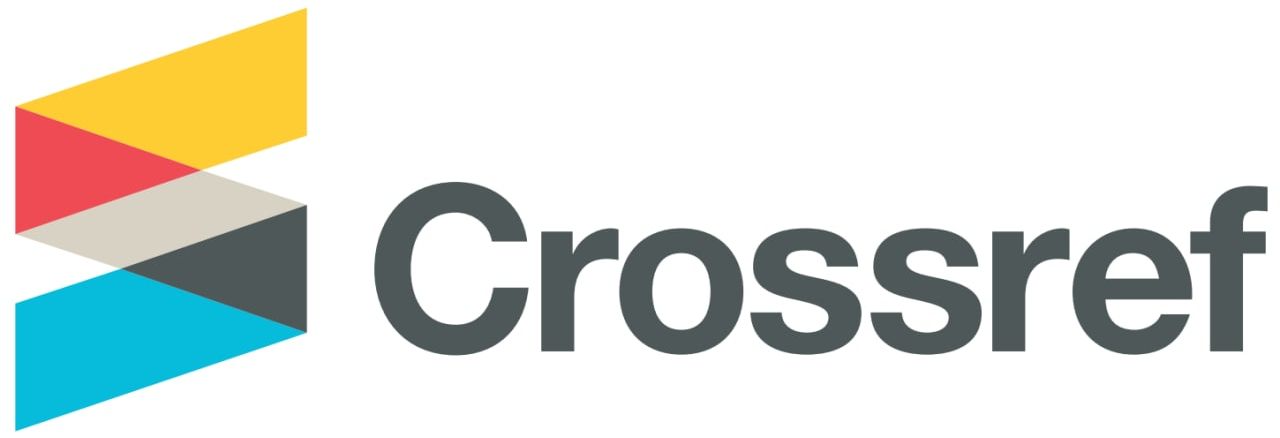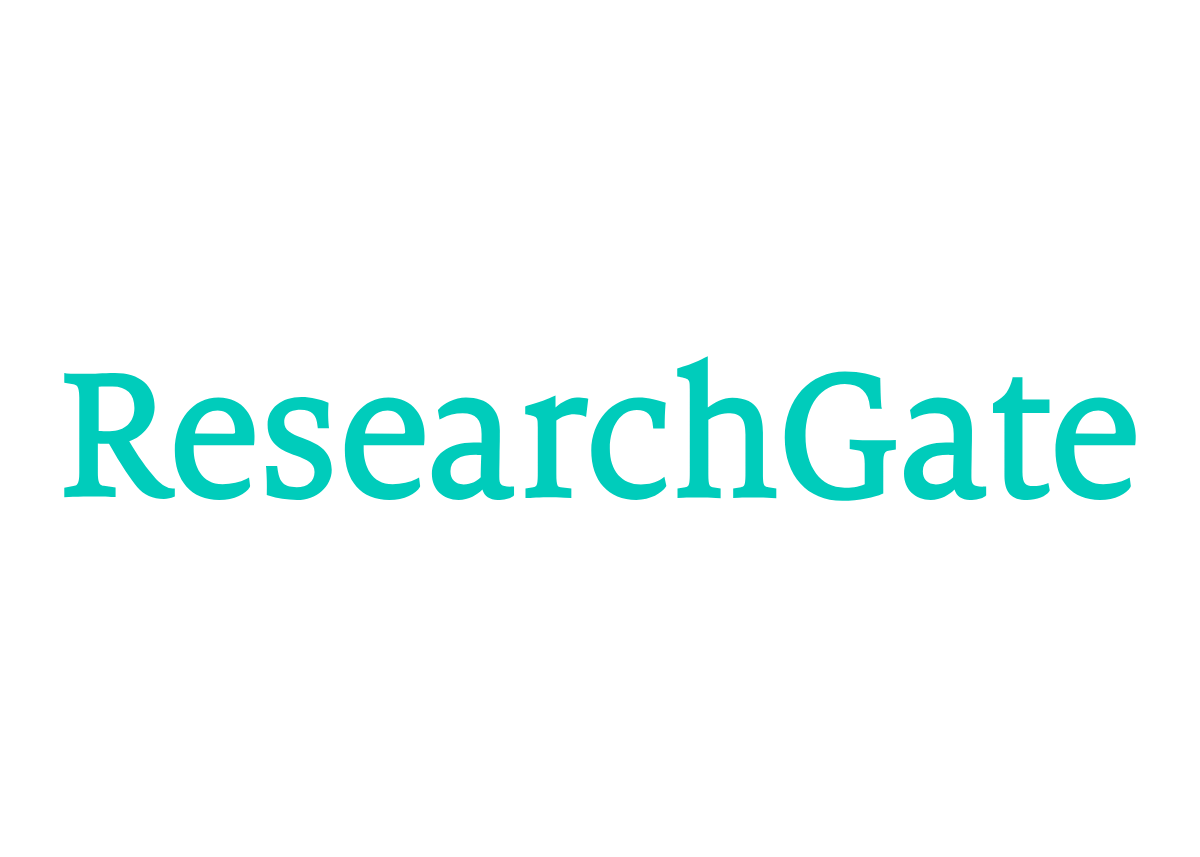ANALYSIS OF THE PECULIARITIES OF CHANGES IN CONSUMER BEHAVIOR IN THE BANKING SERVICES MARKET OF WORLD COUNTRIES
Abstract
Consumer behavior in banking services has changed significantly due to technological advancements, shifting societal values, and evolving customer expectations. This paper aims to comprehensively understand the theoretical and methodological foundations that underlie these changes. By conducting a literature review, this study examines critical theoretical frameworks, such as the theory of planned behavior, technology acceptance model, and customer engagement theory, which offer insights into the factors influencing consumer behavior in the banking sector. Moreover, it explores methodological approaches, including surveys, interviews, and data analytics, employed to investigate and analyze consumer behavior patterns. By synthesizing existing knowledge, this paper provides valuable insights for academia and industry, helping to shape strategies that effectively adapt to the evolving dynamics of consumer behavior in the banking services market.
Keywords:
consumer behavior banking services theoretical foundations methodological approaches zero moments of reality cyber citizen and consumer generational theory digital immigrantsReferences
Beshar A., Damasio A., Tranel D. (1997) Deciding advantageously before knowing the advantageous strategy. Science, vol. 275, iss. 5304 pp. 1293-1295.
Copeland, A. H. (1945). "Review: Theory of Games and Economic Behavior by John von Neumann and Oskar Morgenstern" (PDF). Bull. Amer. Math. Soc. 51 (07): 498–504. doi:10.1090/s0002-9904-1945-08391-8.
Cyert R., March J. (1992) A Behavioural Theory of the Firm. 2nd ed. Wiley-Blackwell,. 268 p.
Grewal, D., Roggeveen, A. L., Nordfält, J., Keeling, D. I., & Wetzels, M. (2021). Personalization in retail marketing: A systematic review and future research agenda. Journal of Retailing, 97(1), 170–197.
Gukasyan G.M. (2010) Ekonomika ot “A” do “Ya”. Tematicheskiy spravochnik. – M.,. –S. 248.
Kahneman, Daniel; Diener, Ed (2003). Well-being: the foundations of hedonic psychology. Russell Sage Foundation.
Kevin Bekker (2014) “The Digital Boomer and Senior: How Wired Are Boomers and Seniors?” Slideshare, Feb. 6, http://www.slideshare.net/kevinbekker31/thedigital-boomer1-nb.
Lecinski J. (2020) ZMOT: Winning The Zero Moment of Truth // URL: http://www.thinkwithgoogle.com/researchstudies/2011-winning-zmotebook.html (data obraщeniya: 12.04.).
Luneva Ye.A., Rebrova N.P. (2021) sifrovoy marketing: uchebnoe posobie. –M.: Prometey.
Luneva Ye.A., Rebrova N.P. (2021) sifrovoy marketing: uchebnoe posobie. — M.: Prometey,. Str 9-10
Luneva Ye.A., Rebrova N.P. (2021). sifrovoy marketing: uchebnoe posobie. — M.: Prometey,. — 6 str.
Michael Hauben (2012) Preface: What is a Netizen? (angl.). Sayt Kolumbiyskogo universiteta. Data obraщeniya: 12 aprelya. Arxivirovano 5 sentabrya 2012 goda.
Myerson, Roger B. (1991). Game Theory: Analysis of Conflict, Harvard University Press, p. 1. Chapter-preview links, pp. VII–XI.
Ndubisi, N. O., & Sinti, M. S. (2006). Consumer attitude towards online banking: A Malaysian perspective. International Journal of Business and Society, 7(2), 13–25.
Pikkarainen, T., Pikkarainen, K., Karjaluoto, H., & Pahnila, S. (2004). Consumer acceptance of online banking: An extension of the technology acceptance model. Internet Research, 14(3), 224–235.
PwC. (2017). Digital Transformation in Financial Services. Retrieved June 30, 2018, from https:// www.pwc.com/us/en/industries/financial-services/research-institute/top-issues/digitaltransformation. html
Sean Williams (2015) “For Banks, Baby Boomers Mean Lucrative Business,” Gallup Business Journal, Feb. 2, http://www.gallup.com/businessjournal/181454/banks-babyboomers-mean-lucrative-business.aspx.
Shadlen M., Newsome W. (2001) Neural basis of a perceptual decision in the parietal cortex (area LIP) of the rhesus monkey. Neurophysiology, vol. 86 (4), pp. 1916–1936.
Sharles J. (2009) Management Rewired: Why Feedback Doesn't Work and Other Surprising Lessons from the Latest Brain Science. Penguin Group.
Smidts A. (2002) Kijken in Het Brein: Over De Mogelijkheden Van Neuromarketing,.
Taler R. (2009) "Nudge The Gentle Power of Choice Architecture" - Capital Ideas Retrieved December 6.
Tully, S., & Winkler, D. (2019). Open banking: The new reality for retail banks. Deloitte Insights. Retrieved from https://www2.deloitte.com/insights/us/en/industry/financial-services/open-banking-retail-banking.html.
Wonglimpiyarat, J. (2021). Challenger banks: Exploring drivers of customer adoption behavior. Journal of Financial Services Marketing, 26(1), 38–50.
Zak P., Kurzban R., Matzner W. (2004) The Neurobiology of Trust. Annals of the New York Academy of Sciences, vol. 1032, pp. 224–227.
Downloads
Published
How to Cite
Issue
Section
License

This work is licensed under a Creative Commons Attribution 4.0 International License.










